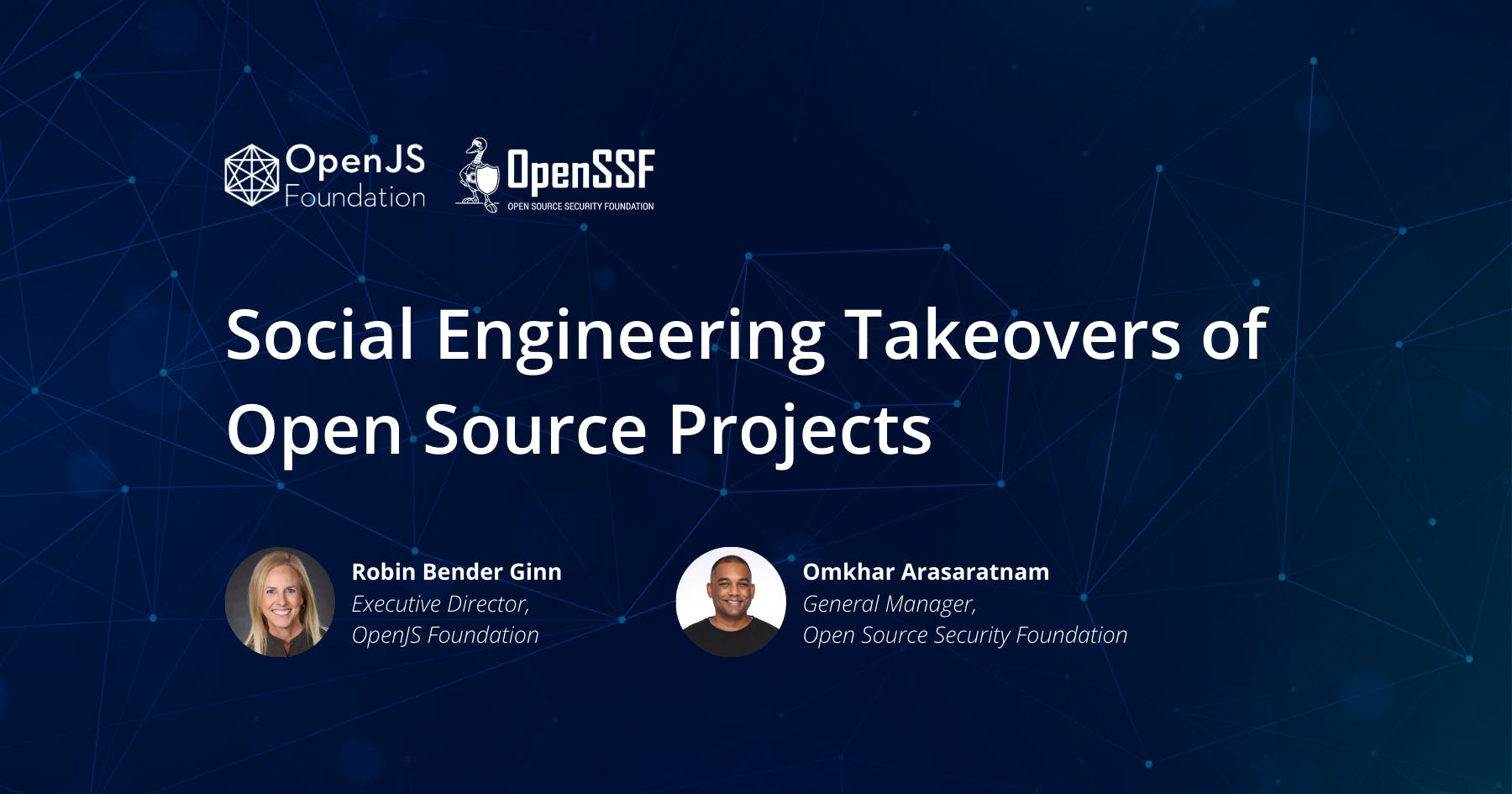Zay-toon is also common in languages from the Iberic Peninsula: both Spanish and Portuguese got it (and a few other words) from Arabic.
BlackEco
- 12 Posts
- 106 Comments

 10·28 days ago
10·28 days agoI did not stray much from the default setup as I rarely need more than one container, especially at work. I did set some rules like opening YouTube and
inbox.google.com(which redirects to GMail) in the Personal one.I also installed the very handy Easy Container Shortcuts for opening new containers with keyboard shortcuts, as well as Facebook Container in an attempt to limit Meta’s tracking[1].

 8·1 month ago
8·1 month agoYou can’t, it just part of how Fedora works now. Maybe Fedora should patch Dolphin to take /sysroot into account instead of /

 28·1 month ago
28·1 month agoFedora Atomic Desktop 42 switched to composefs, which has a small full partition mounted to
/. Your “real” filesystem is mounted on/sysroothttps://fedoraproject.org/wiki/Changes/ComposefsAtomicDesktops

 3·1 month ago
3·1 month agoI remember quite well burning an Ubuntu 9.04 Live CD, and before that trying an ancient Knoppix Live CD that my dad had laying in a drawer. I must have been 15 back then.
This. Just setup fail2ban or similar in front of Jellyfin and you’ll be fine.

 2·2 months ago
2·2 months agoOh, that makes sense.

 116·2 months ago
116·2 months agoThe fuck is “non-tariff cheating” supposed to mean?
It’s like regular Fedora KDE, except that it avoids this problem of traces of past experiments everywhere.
Kinoite is much more than that: it is an atomic and immutable spin of Fedora KDE. This has big implications but the gist of it is that:
-
You can roll back to any previous version if anything breaks
-
The base system cannot be modified
-
If you need to install RPM packages, you do that by adding “layers” on top of the base system, and these can be removed if needed to go back to a clean base system
-
You can switch from one spin to another by “rebasing”, but it is recommended that you remove any additional layer first and that you stick to the same desktop environment
-
My experience on other distros was that upgrading in place a system that deviated too much from “stock” would wreck the install. I would personally play it safe and backup my home folder and do a fresh install.
Just don’t forget to test your backup before formatting your drive!

 4·2 months ago
4·2 months agoNope, using Proton-GE 9.27 doesn’t fix the issue, I have the same behavior :(

 4·2 months ago
4·2 months agoNow that you speak of it, I have The Sims 4 running without issue using Lutris and I believe it might use GE-Proton.

 8·3 months ago
8·3 months agoIt’s for far more than just deploying VMs: you can create pretty much anything you can on a cloud provider, such as databases, network rules, access tokens, object storage, etc.

 39·3 months ago
39·3 months agoTerraform is part of a movement called “Infrastructure as Code” (IaC) which allows engineers to define their cloud infrastructure using code.
This is extremely useful as it allows you to:
-
version infrastructure changes
-
automate resource and configuration creation and management
-
have reproducible environments (think production and staging envs, or deploying a new production env to another datacenter)
Terraform (and OpenTofu) is different to most IaC project as it is agnostic of cloud providers: you can use it to deploy infrastructure to multiple providers, where their competitors are limited to their own platform (I think of AWS’s Cloud Development Kit)
-

 21·3 months ago
21·3 months agoI find their enterprise laptops to be surprisingly good. I own a refurbished EliteBook and it has really nice keyboard and track pad as well as user-replaceable RAM, SSD and wireless card. My only issue is that most of their enterprise laptops come with screens with 45% support of sRGB, which is trash for web design and photo editing.
Only restic snapshots are backed-up to B2. ZFS snapshots are for undoing mistakes, though I enabled them recently and I have yet to use them.
My work flow is pretty similar to yours:
For my desktop and laptops: systemd timer and service that backups every 15 minutes using restic to my NAS.
For my NAS : daily backup using restic + ZFS snapshots.
All restic backups are then uploaded daily to Backblaze B2.

 1·3 months ago
1·3 months agoI believe Linux Server builds images every day for most of their containers, even though there has been no code changes.









I recently moved from Spotify to Deezer and I’m considering moving to Quobuz, how’s the UX on it compared to Deezer?